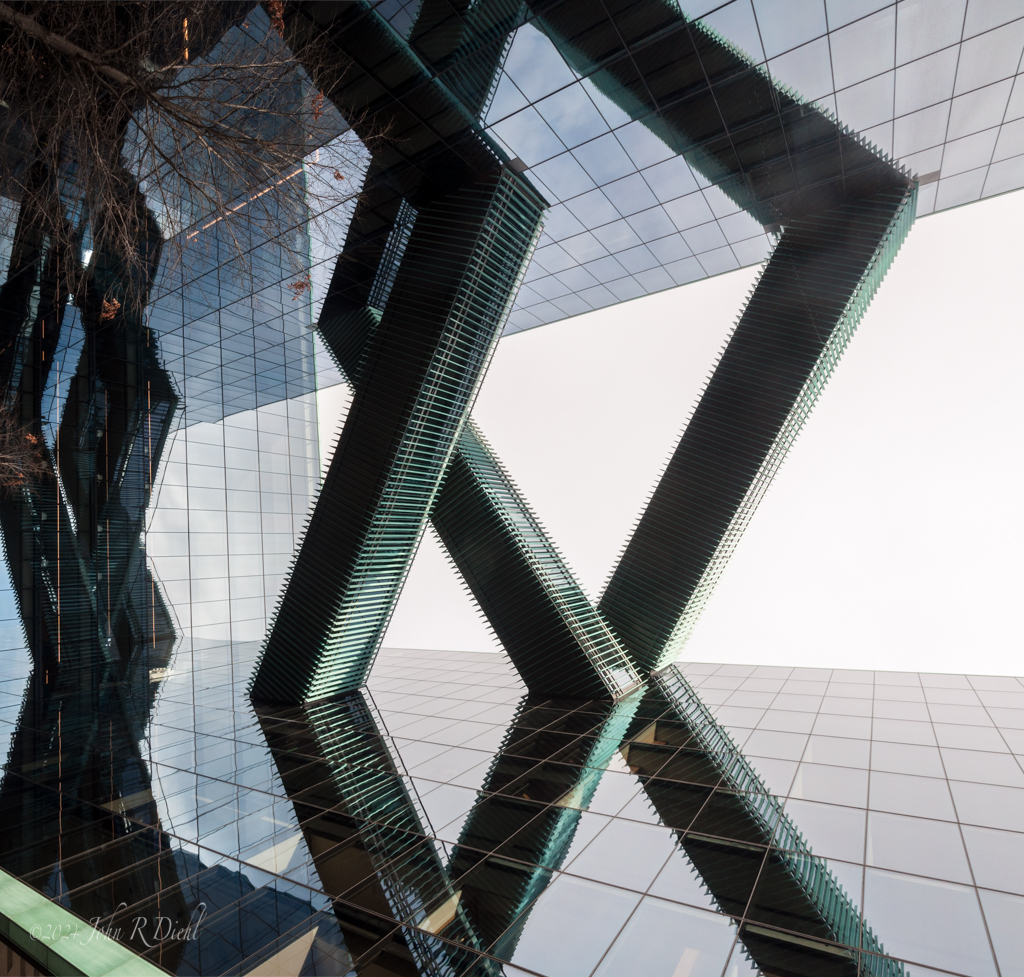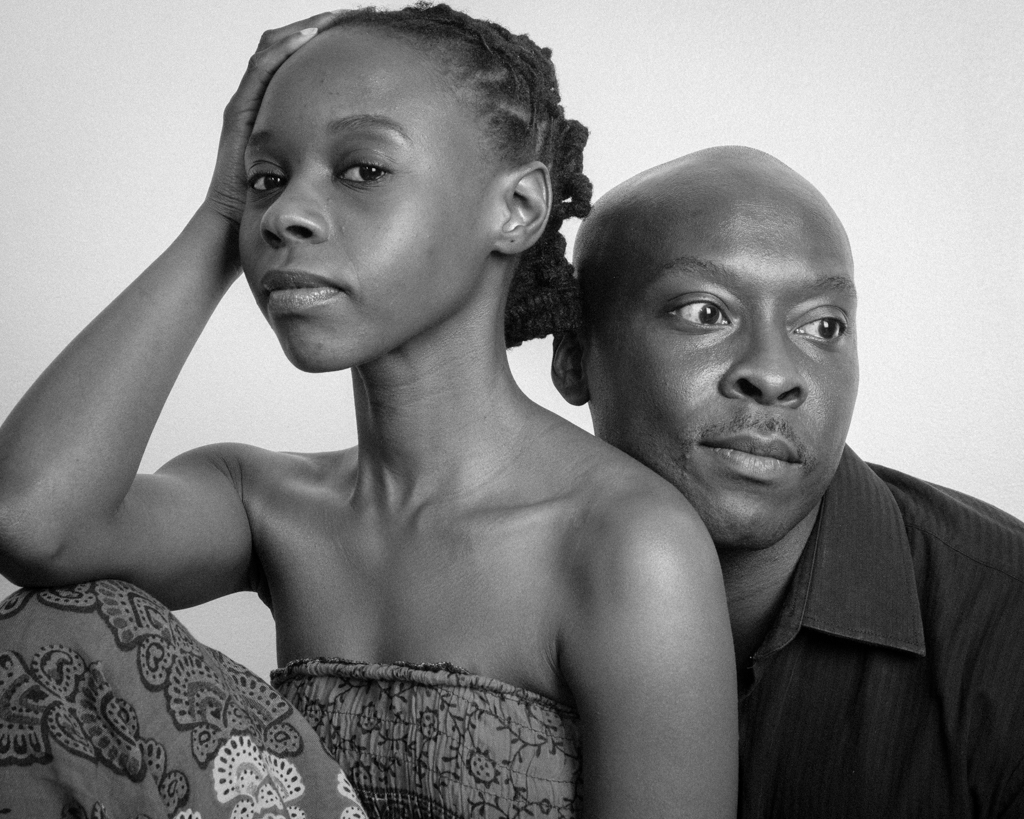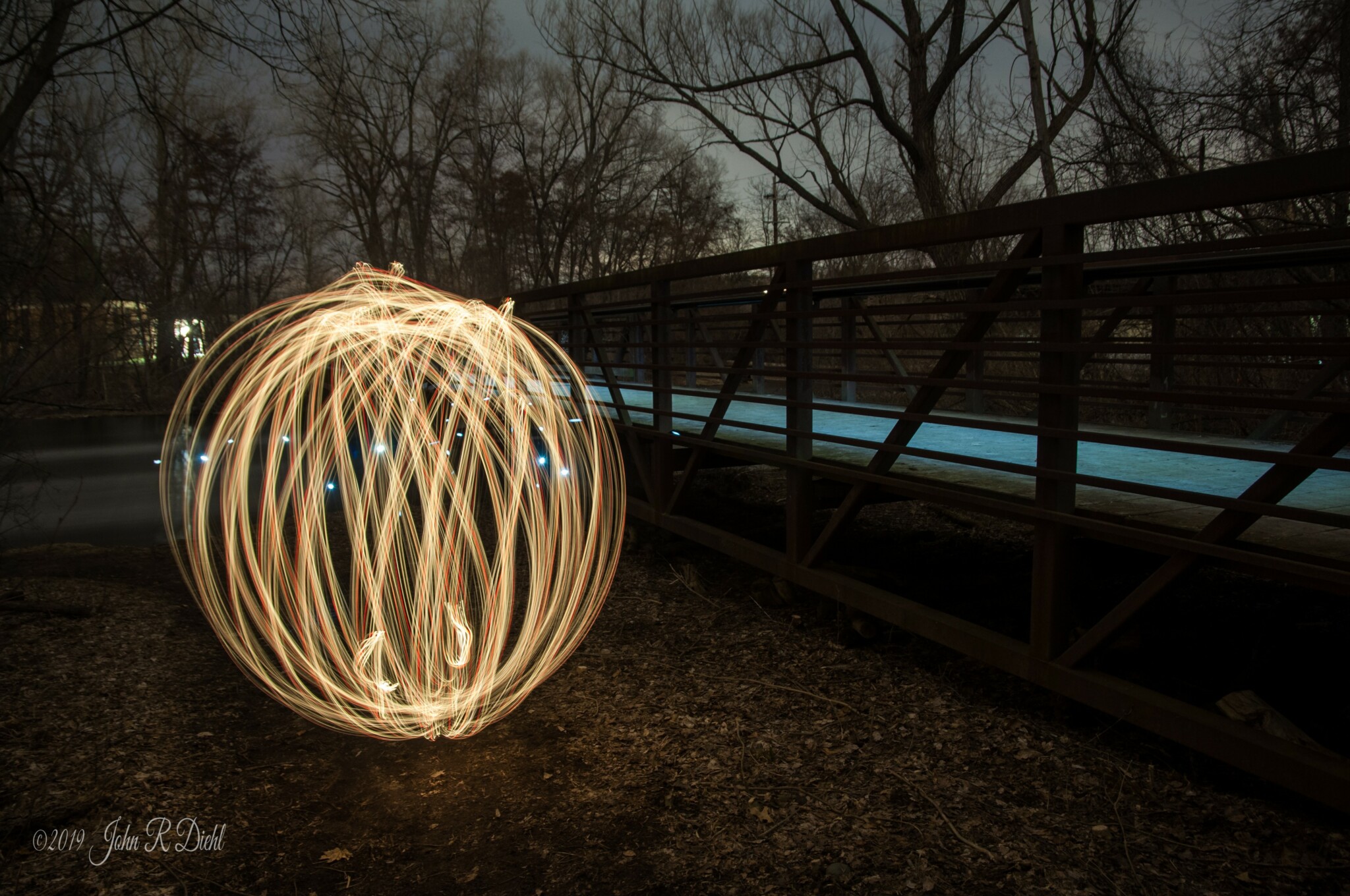We caught up with the brilliant and insightful John Diehl a few weeks ago and have shared our conversation below.
Alright, John thanks for taking the time to share your stories and insights with us today. Did you always know you wanted to pursue a creative or artistic career? When did you first know?
It all started in 2nd grade. Our class went to the auditorium to watch a performance by the school choir. I remember when we got back to our class room telling the teacher, “I want to do that!” I sang Soprano until 9th grade when adolescence moved me into the Tenor section, where I remain to this day. I also picked up the acoustic guitar in junior high school and taught myself folk music.
When I started college full-time in my mid 20’s I of course majored in Music. I chose classical guitar instead of voice when I was told that voice would be all about opera. All through college I performed in wine bars and clubs and for many, many wedding ceremonies. (You will never find a more attentive audience!) I’ve even had multiple gigs as cantor in various churches, leading the congregation in song.
I am also an art photographer. I picked up my first camera in my early 20’s when I was about to start on a long adventure across the country. Before we left I thought, “Maybe I should get a camera.” By the end of that 3 month journey I was hooked, and have rarely been without one since. I have used it to chronicle the lives of friends and family, as well as create a great deal of travel and performance art. More recently, painting images with light — also called “Light Art Performance Photography”, where the entire world becomes your canvas — has opened up vast new realms of expression for me.

Great, appreciate you sharing that with us. Before we ask you to share more of your insights, can you take a moment to introduce yourself and how you got to where you are today to our readers.
While music has been ever present in my life, so has technology. In grade school I played with electronics kits for fun. In 10th grade I transferred to a vocational school because I was already working with my father in the HVAC trade. I worked for years in the trade. In fact, it was perfect to earn my way through college. In the Spring when classes were letting out, companies were hiring. And in the Fall when school started, they were always looking to downsize.
And then I discovered computers. I was my last year at Cal State, finishing my BA in Music when I saw in the General Ed. requirements that I needed a Science credit. Looking through the catalog I found a class called Basic Programming and remember thinking, “Computers! That might be interesting.” In the 80’s, while working on my MA in Music at FSU, I got involved with their Center for Music Research and started taking more programming courses. That led me to a MS in Computer Science and a 30 year career in IT.
Software engineers are often too focused on the technology and not enough on the human element. Designing an application in ways that make it both intuitive and valuable for users is not a skill many programmers have. It’s all about communication. Programmers all too often just do not know how to talk to the end-users. This often gives us applications which are confusing to use and/or from which the users never really get the full benefit. I’m an unusual developer in that I always focus my work from the user’s perspective. This became very clear to me one day at the financial firm I worked at for many years when another Systems Architect called me and asked if I would speak with his users regarding the design of his project. A professor of mine once summed up this problem this way: “If you could change things so that all programs could be written in English, you would find that most programmers are not really good at English.”
In my IT work I have developed everything from set-top game systems to mobile device apps and real-time trading applications on Wall Street; and a lot in between. And while I often worked 8-10 hours a day 5-7 days a week in IT, music never left my heart. Once the children were grown and out of the house, I found my way into choral groups in NYC and began singing again. Since then I have performed multiple times on the stages of the Lincoln Center and Carnegie Hall. I even once got to perform with a small backup group for Andrea Bocelli at the Barclay Center in NYC. Another fun gig I had for several years was singing at the Michigan Renaissance Festival with a small ensemble.
And today I teach Computer Science part-time, virtually, for a small community college hundreds of miles away. I also perform a few times a year with a small vocal ensemble in MD. And I have a passion for art photography which you can see at: https://johndiehl.com/. Over the years, friends have sometimes called me a Renaissance Man.

How about pivoting – can you share the story of a time you’ve had to pivot?
During my last semester working on my MA in Music degree at FSU I started on an MS in Computer Science, so was in dual master’s programs for a year. The real reason I felt I had to step away from music and dive into computing was simple: money. By that time I was married and a father. With my MA in Music almost in hand I was offered a full-time teaching position for $15K a year. The following semester, still just part way through my MSCS degree, I landed a part-time coding position for $35K. Sadly, it was not possible to maintain 4-6 hours of guitar practice a day and also keep up with my CS studies.

In your view, what can society to do to best support artists, creatives and a thriving creative ecosystem?
Probably the most important thing our society can do to support the artistic community is get out heads turned away from our TV and mobile devices. The world around us is filled with so much beautiful art. But unless you look up and see the art, you can not appreciate it. The next most important thing is supporting the creative arts directly with funding in all forms. The United States is at the lower end of the list when it comes to spending on the arts, across all categories.
Contact Info:
- Website: https://johndiehl.com/


Image Credits
Copyright (c) 2015 by John R Diehl


